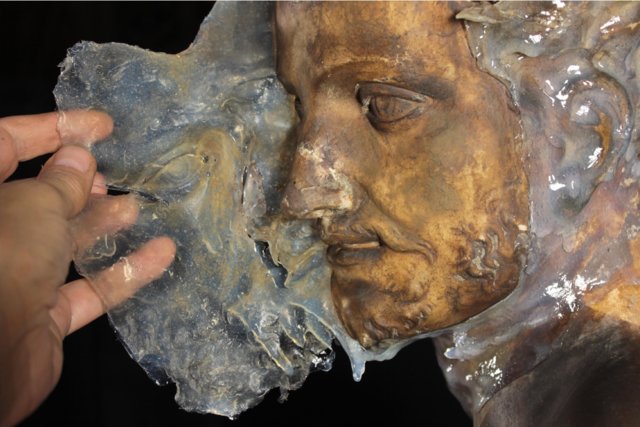The use of agar in art restoration
Wed, 27/05/2020 - 09:22
Cleaning a work of art is one of the most complicated processes in restoration, and is totally irreversible. Varnish, glue, or dirt must be cleaned while keeping the paint and the base of the work intact.
Traditionally, two systems have been used: mechanical and wet cleaning. In wet systems, a flour and water paste was typically used. However, since the moisture level could not be controlled, sometimes it would ruin the paint layer or the base of the work, especially in plaster sculptures. Today, after several studies conducted by the restoration departments of the most important museums and restoration centers in the world, systems based on agarose and agar were proposed.
By creating a rigid gel with water and agar or agarose, restorers can control moisture. This gel is directly distributed over the surface to be cleaned or on a porous paper. Once placed, it acts as a 'molecular sponge' that absorbs any water-soluble material from surfaces.
In addition, due to its limited adhesion power, it is not usually necessary to perform any washing or post-treatment when using it (which is typically the case with other gelling agents). The benefits of using agar are many: it is thermoreversible, economical, non-toxic, and easy to prepare.
Nowadays it is possible to enjoy monuments, paintings, and sculptures whose original image has been restored thanks to the use of agar and agarose, such as the San Miguel chapel in the Monastery of Santa Maria de Pedralbes, paintings from the Thyssen-Bornemisza National Museum, or the plaster sculpture collection of the Galleria d'Arte di Milano.
At Hispanagar we adapt to the needs of our clients and have a wide range of agars and agaroses applicable to restoration work.

